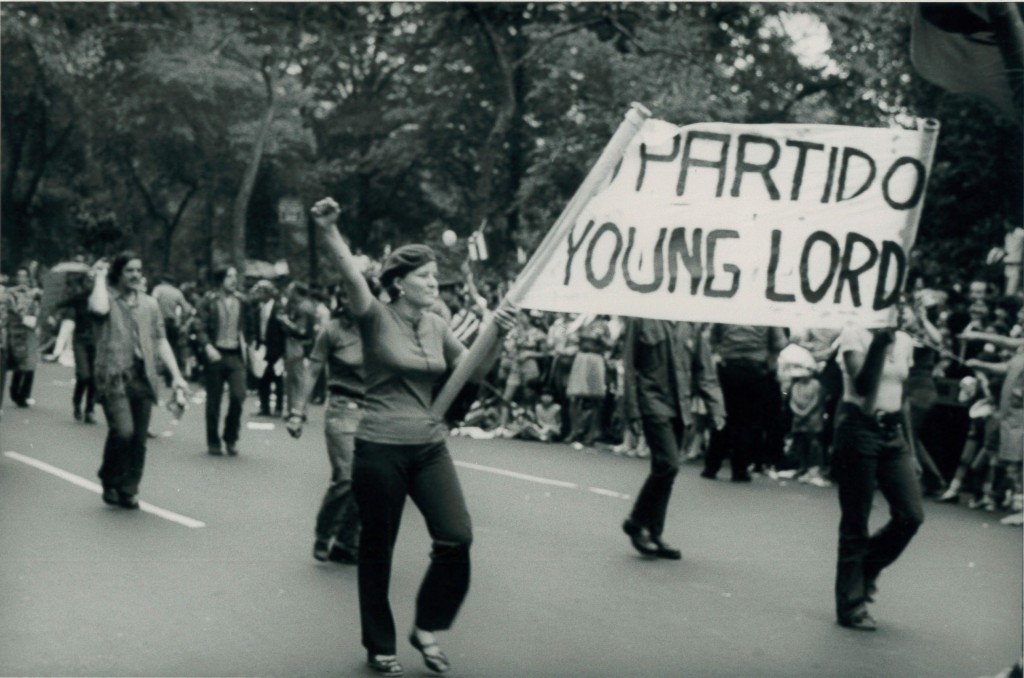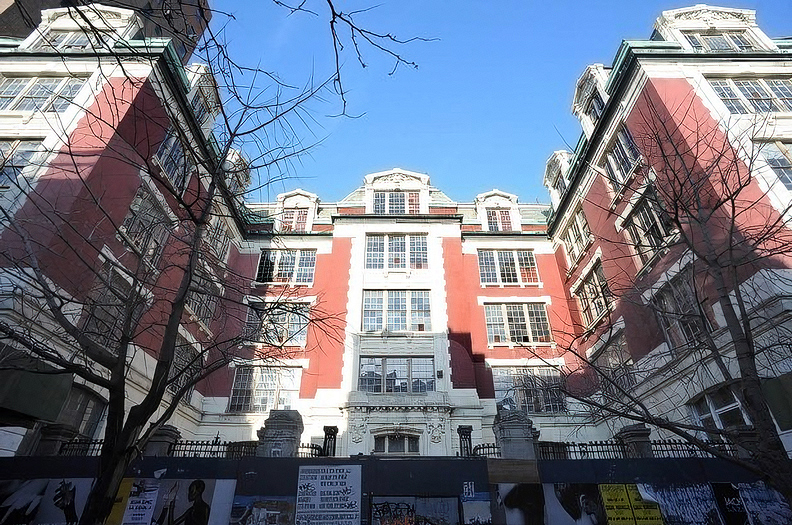Hispanic Heritage in the East Village: A Walk through Loisaida

The East Village has for decades been one of New York City’s most vital Hispanic enclaves, and a thriving hub of latin culture. One need only look at Avenue C’s official designation since 1987, “Loisaida,” to get a sense of the Latin-American footprint in the neighborhood. The term “Loisaida,” a phonetic transliteration of the Spanish pronunciation for “Lower East Side,” was coined by local Puerto Rican activists Chino Garcia and Bimbo Rivas, two of the figures behind the eminent local community center CHARAS (more on this below). The Latin American presence in the neighborhood began to grow during the 1940s, driven by the lingering global effects of the Great Depression, by the demand for labor during World War II, and by the emerging availability of commercial air travel. This trend was especially pronounced among Puerto Ricans, whose American citizenship simplified their relocation. At the height of their mass migration, around 30,000 Puerto Ricans were resettling in the city every year and establishing substantial communities in neighborhoods such as this one.
The newly arrived Hispanic residents not only brought with them their native culture, they also began to develop a distinctive local identity, forged through collective struggle and activism undertaken in response to political and economic crises afflicting the neighborhood and the city during the second half of the 20th century. Out of the resulting cultural enclave emerged numerous writers, musicians, and artists, as well as community leaders. They and countless others have left their mark throughout the neighborhood, in spaces that mark moments in an ongoing story of Hispanic cultural influence. Today, we look at a few of those sites, taken from our “Loisaida Tour”, one of several such themed tours on our East Village Building Blocks website.
Tompkins Square Park

This park, which is bounded by East 10th and East 7th Streets and Avenues A and B, serves in many ways as the heart of the neighborhood. It started out as swampland and formed part of Peter Stuyvesant’s estate before Daneil D. Tompkins, who served as New York Governor and as Vice President under James Monroe, acquired it. After becoming a public square in 1834, it turned into a frequent site of high-profile dissent and conflagrations. These included the bread riots of 1857, the labor riots of 1874 (the largest demonstration the city had ever seen), and the curfew riots of the 1980s.

In 1969, the Young Lords, a Puerto Rican political and social action organization, announced its New York City chapter here. The group had started out as a Chicago turf gang.

By the mid 60s however, it had become a civil rights organization concerned with the displacement of low-income families and with the goal of Puerto Rican independence. In New York, they devoted themselves to advancing the cause of community control. (Read more on the park here).
La Plaza Cultural de Armando Perez

This community garden, located on the corner of Avenue C and East 9th Street, functions as a performance venue, wildlife refuge, play space, and community garden. It was renamed after CHARAS founder Amando Perez in 1999 (more on CHARAS below). Like many community gardens in the East Village, which has one of the highest concentrations of them in the city, this one began as an abandoned, vacant lot strewn with garbage — a frequent site during the protracted period of disinvestment and social crisis that the neighborhood endured in the 1970s and 1980s. The radical transformation of the space involved cleanup efforts by activists, “seed bombs” by the Green Guerillas, and construction work by renowned artist Gordon Matta-Clark. (Read more on the garden here).
CHARAS-El Bohío, 350 East 10th Street

This H-shaped building once housed PS 64. In the middle of the 1970s fiscal crisis, when the neighborhood was plagued by widespread crime and abandonment, community activists took over the vacant building and turned it into CHARAS-El Bohío community center. CHARAS was the acronym for the first name of the center’s five Puerto Rican founders. El Bohio is a reference to their native land (bohío were the huts used as dwellings by indigenous tribes in Puerto Rico and throughout the Caribbean). CHARAS concerned itself with issues such as housing, the arts, and environmentalism, recruiting the assistance of luminaries such as Buckminster Fuller in its efforts.

At CHARAS-El Bohío, the organization led a wide range of activities, including community meetings, children’s programming, art exhibits, concerts, film screenings, job training services, and drug abuse treatment. Thousands of people used to visit the center each year. Unfortunately, the Giuliani Administration decided to dispose of the building. It was sold to Gregg Singer, a Giuliani contributor who promptly thereafter evicted CHARAS from the premises. Since then, the building has remained abandoned. A coalition of community groups, including Village Preservation, has been leading a campaign for the return of the building to the community (learn more and see how you can help here). (Read more on the building here).
Nuyorican Poets Cafe, 236 East 3rd Street

The first floor of this building has been the home of the Nuyorican Poets Cafe since 1980. The cafe dates back to 1973, when it took the form of informal readings at Miguel Algarin’s apartment. By the time of its relocation to this building, it had become a platform for multicultural artists and renowned for its late-night poetry slam. It remains a vital cultural venue to this day. (Read more on the building here).
Casa Adela, 64 Avenue C

This building is the longstanding home of Casa Adela, a local institution that has been serving authentic Puerto Rican food since 1973. For decades, it was operated by Adela herself. Her children, Luis and Abigail, are now at the helm and continue to offer classics such as sancocho, mofongo, and the personal favorite, bacalao a la Vizcaína. (Read more on the building here).
You can explore these and other sites associated with the local Hispanic community on our “Loisaida Tour” on our East Village Building Blocks website, which contains more than a dozen themed guided tours (from the Yiddish Rialto to punk rock), and includes information on every building in the East Village.
